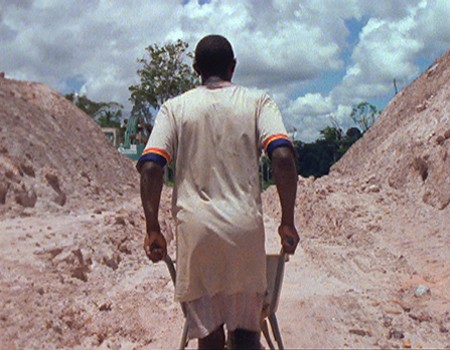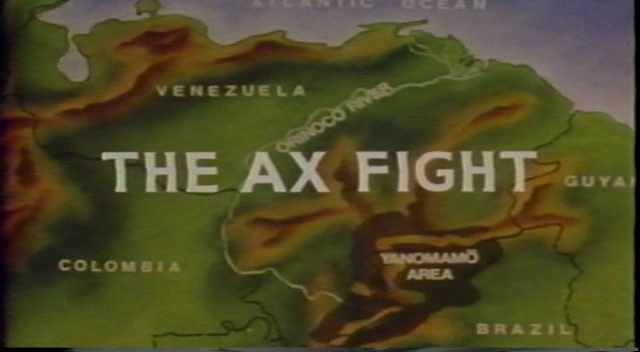

Let Each One Go Where He May
Ben Russell
2009
2hr. 13min.
Chicago-based filmmaker Ben Russell has gone international with Trypps – a series of short, mesmerizing films loosely interpreting the notion of “trip,” from literal, geographic journeys to ecstatic music-induced highs, variations of trance and spasmodic filmic episodes. Along with Tjüba Tën/The Wet Season (co-directed by Brigid McCaffrey), his medium-length experimental documentary shot in Suriname, and his live projector performances, Russell’s body of work displays an ever-increasing interest in cinematic anthropologies.
Let Each One Go Where He May is Russell’s stunning feature debut, a film that both partakes in and dismantles traditional ethnography, opts for mystery and natural beauty over annotation and artifice, and employs unconventional storytelling as a means toward historical remembrance. A rigorous, exquisite work with a structure at once defined and winding, the film traces the extensive journey of two unidentified brothers who venture from the outskirts of Paramaribo, Suriname, on land and through rapids, past a Maroon village on the Upper Suriname River, in a rehearsal of the voyage undertaken by their ancestors, who escaped from slavery at the hands of the Dutch 300 years earlier. The path is still travelled to this day and its changing topography bespeaks a diverse history of forced migration.Read More »








